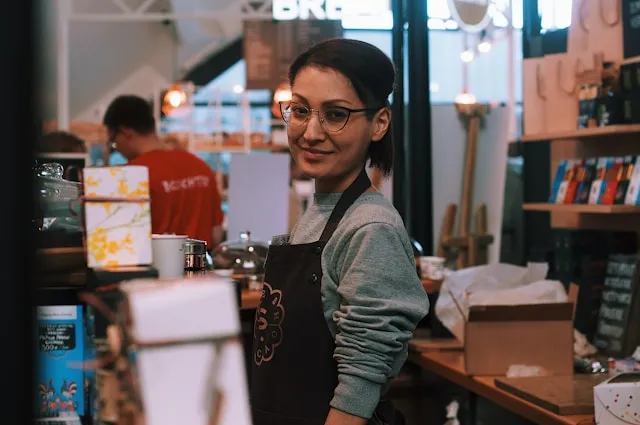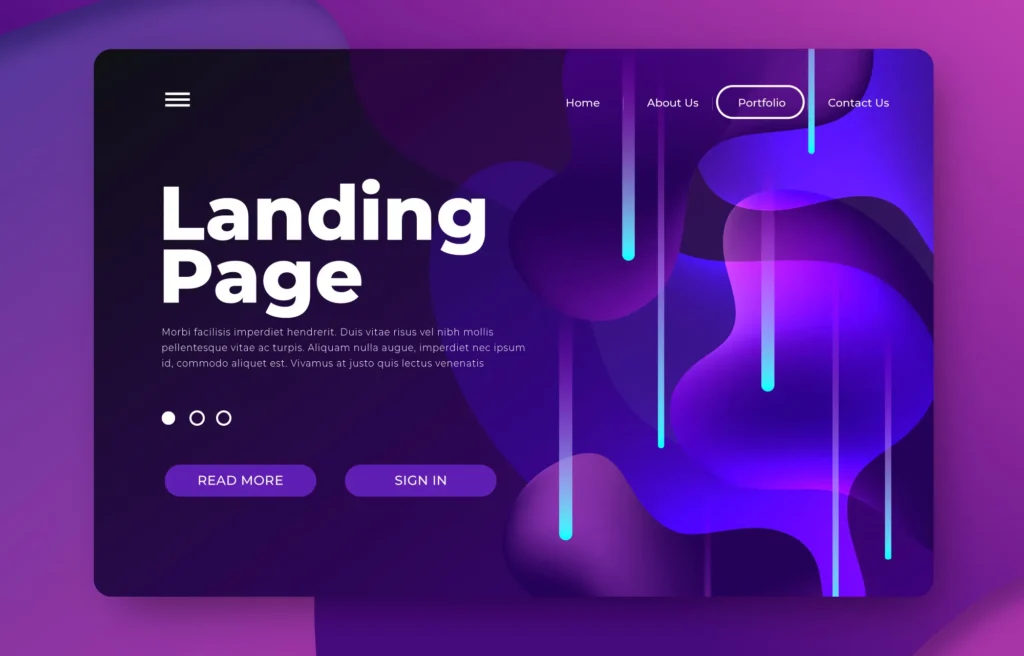Nowadays, it has become difficult for any business to survive without a digital presence. A good quality website not only increases the visibility of the brand, but also widens the revenue path of the business many times over. But the problem arises when a founder or business owner wants to build a website but does not understand where to start or what issues should be considered seriously. Many people only look at the design and cost, but there are many other important decisions surrounding it that can determine the success of the business. In today’s article, I will highlight those issues step by step.
What will be the goal of the website?
The first thing you need to think about is, what is the purpose of your website? Is it just an introduction site, or do you want to sell products or services online? If you don’t know the goal, the design, content, features, nothing can be fixed properly. As a result, the website will not be of any use to you.
For example, a laundry service. They initially ran just a Facebook page. Later, when they built a website, their goal was to only take bookings from the website. So they added a simple form, some credible reviews, and a location map to the site. Because of this simple target, they were able to build an effective website at a low cost and receive an average of 30+ orders per week from the website alone.
Who is your target audience?
You need to design and create content considering the demographics of who will visit your site, their age, technical skills, language, and habits. For example, a well-known sewing machine shop. Their main customers are housewives and small entrepreneurs, most of whom have limited digital knowledge. So they wanted a website that is easy to browse, works well on phones, and has relatively large text, buttons, and simple language. For them, without complicated features, just the product name, image, details, a call to action, and an “Order on WhatsApp” button are enough. Without understanding the target audience in this way, even the most beautiful websites become ineffective.
Business Type and Scaling Plan
Websites vary depending on the type of business. A small business owner who handles 10 customers manually every day has a website and an owner who wants to take 1000+ orders in the future have different needs. Suppose a sweet shop initially wanted a website to display only the menu. But within a year, they started delivering outside their location and their order volume increased. As a result, their previous site became inadequate because customers could not order there, could not track orders, and had no payment options. So they redesigned the site again and added e-commerce features to it. This meant that they had to spend twice for a website.
So, if the scope of the business and future goals can be kept in mind at the beginning, then there is no need to spend a second time.

What should the content of the website be like?
At the first glance of a website, customers get an idea about the company and their offerings through the content. Engaging and informative content can attract customers and encourage them to spend more time on their website, create a good impression among them and ultimately influence their purchase.
An electronics store. At first, they had a simple website. That is, a website in name only. There was no specific information. Later, they created good content about their main products, prices, service time, warranty, and customer questions, etc. The result? Phone calls from the website increased 4 times. So, the main thing is that the content should give the right information to the right people.
How much should a website budget be?
The cost of a website depends on many things. For example, design customization, number of pages, platform, third-party feature integration, type of content, etc. So there is no one-size-fits-all answer to the question of how much it will cost. Rather, you decide what kind of site you want to build, then set the budget accordingly. Remember, if the budget is too low, you will have to compromise on features or quality. Again, if you spend unnecessarily, it will be difficult to get ROI.
User Experience (UX) and Website Speed
The user experience (UX) and performance of a website are very important. A good UX design smooths the user experience, which increases the functionality of the website and user satisfaction. On the other hand, website performance, such as loading speed and responsiveness, directly affects the user experience. A fast and effective website helps in retaining users and increasing conversion rates.
Security and backup system
Any business site contains various customer information. Such as name, phone number, order history, payment data, etc. Therefore, it is very important to secure the site. Otherwise, not only downtime, but also loss of trust and financial loss are possible. Ensuring security can protect the website from unwanted access, hacking and data loss. In addition, a backup system reduces the risk of losing website data and in case of any unexpected incident, the website can be restored quickly.
Communication channels and conversion points
A website does not only have to have a contact page. Rather, it is important to be able to use it as a communication channel. Communication channels connect the user with the organization, which helps in exchanging various information through the website. On the other hand, conversion points are the places where the user completes the desired action (e.g., buying a product, filling out a form, etc.), which helps in achieving the main goal of the website. To create an effective website, proper management of both sides is essential. In my opinion, every page should have a CTA (Call To Action). For example: “Call us”, “Message us on WhatsApp”, “Book a quote”, etc.
Let’s talk about the website of a jewelry store. They have put a “Chat with an expert” button on each of their product pages, which allows the customer to chat directly on their official WhatsApp. This simple change has increased their conversions several times. A site is never profitable if the ‘next step’ is not easy for the customer.
Marketing Plan
I see the website as a marketing tool. The main goal of everything, whether it’s design, content, or SEO, is to drive traffic to your site and convert. In SEO, I focus on local keywords, proper titles and meta data, and fast loading pages. I also give advice on how to run Facebook or Google Ads after the site is launched.
I add blogs for content marketing that provide business insights, problem solutions, or product guidelines. These articles not only drive traffic, but also build customer trust. I want people who come to your site from Google or social media to learn something or take action the first time they come.
Conclusion
Before creating a website, you need to consider not only the design and cost, but also its goals, target audience, content strategy, scaling ideas, SEO plans, speed, and security. And since every business is different, every site should be different too. Building a beautiful website is not the only way to succeed, but it is also important to build a digital infrastructure that can drive your business forward. From real-life examples, we understand that small decisions can have a big impact in the future. So, if you are a founder and are thinking about a new website? Then today is the time to decide on your target, technology, and team. A well-designed website is not just an online presence for your business, but it is also a sales outlet, a relationship channel, and a future-ready platform. Start right, and you will get results at the right time.


